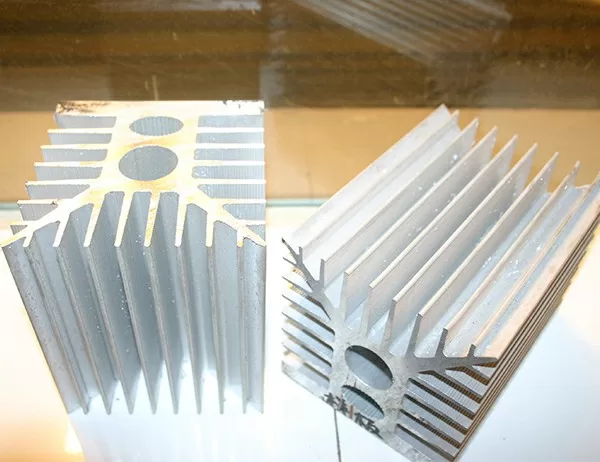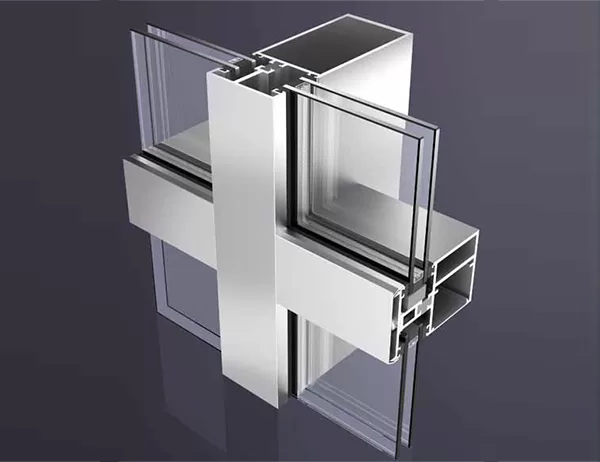Aluminum heat sinks play a pivotal role in the cooling of electronic devices. Their effectiveness in dissipating heat depends not only on their design and material properties but also on their proper installation and mounting. Improper installation can lead to hotspots, component failure, and premature aging of the device. Here are some key aspects highlighting the importance of proper installation and mounting of aluminum heat sinks:
The thermal interface material (TIM), such as thermal paste or pads, serves as a bridge between the heat source and the heat sink. It fills the microscopic gaps between the surfaces, improving thermal conductivity and reducing thermal resistance. Improper application of TIM can lead to air pockets, which act as insulators and inhibit heat transfer.
The contact surfaces between the heat sink and the heat source must be flat to ensure maximum heat transfer. Uneven surfaces introduce air pockets and create hotspots. Flattening the surfaces using a thermal pad or machining process ensures a proper fit and enhances heat dissipation.
Adequate mounting pressure is crucial to maintain good thermal contact. Insufficient pressure results in air gaps, while excessive pressure can damage the heat sink or the heat source. The optimal mounting pressure depends on the specific heat sink and application and should be specified by the manufacturer.
The thermal coefficients of expansion (TCE) of the heat sink and the heat source should be compatible. Mismatched TCEs can lead to thermal stress during temperature fluctuations, causing deformation, poor contact, and reduced heat transfer.
The orientation of the heat sink affects its ability to dissipate heat by convection and radiation. Heat sinks should be oriented to maximize airflow and minimize obstructions. Vertical mounting, with the fins parallel to the airflow, is typically preferred for natural convection.
The fasteners used to secure the heat sink must be adequate for the mounting pressure required. Insufficient fasteners or incorrect screw lengths can lead to loose connections, poor thermal contact, and potential component damage. Proper torque values should be followed as specified by the manufacturer.
The heat sink should be parallel to the heat source and aligned correctly to ensure even heat distribution. Misalignment can result in hotspots and reduced cooling efficiency. Care should be taken to prevent skewing or tilting of the heat sink during installation.
By adhering to these guidelines, engineers can ensure optimal heat dissipation and extend the lifespan of their electronic devices. Proper installation and mounting of aluminum heat sinks are essential for maximizing their cooling performance and preventing costly failures.




